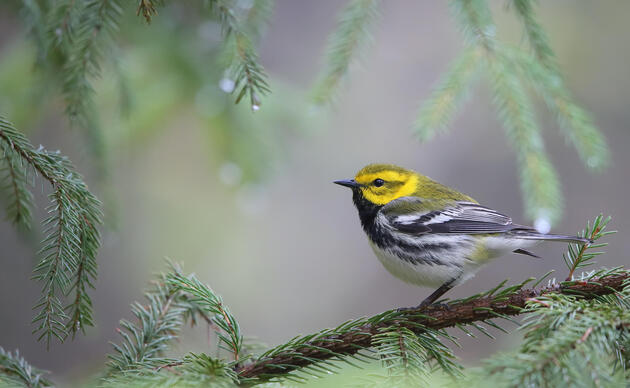Bzzzzzz! It's me, Betty the Bee, here to share some important information about bees through games and crafts! Today we will learn about different species of bees in Vermont, what their function/job is, and how we can protect native bee populations!
Most of us can identify a bumble bee because they are big, fuzzy, and black and yellow striped (dare I say, cute!). But did you know there are 17 different species of bumble bees in Vermont? Overall, there are about 300 species of wild bees in Vermont and 4,000 nation-wide. That's a lot of bees!
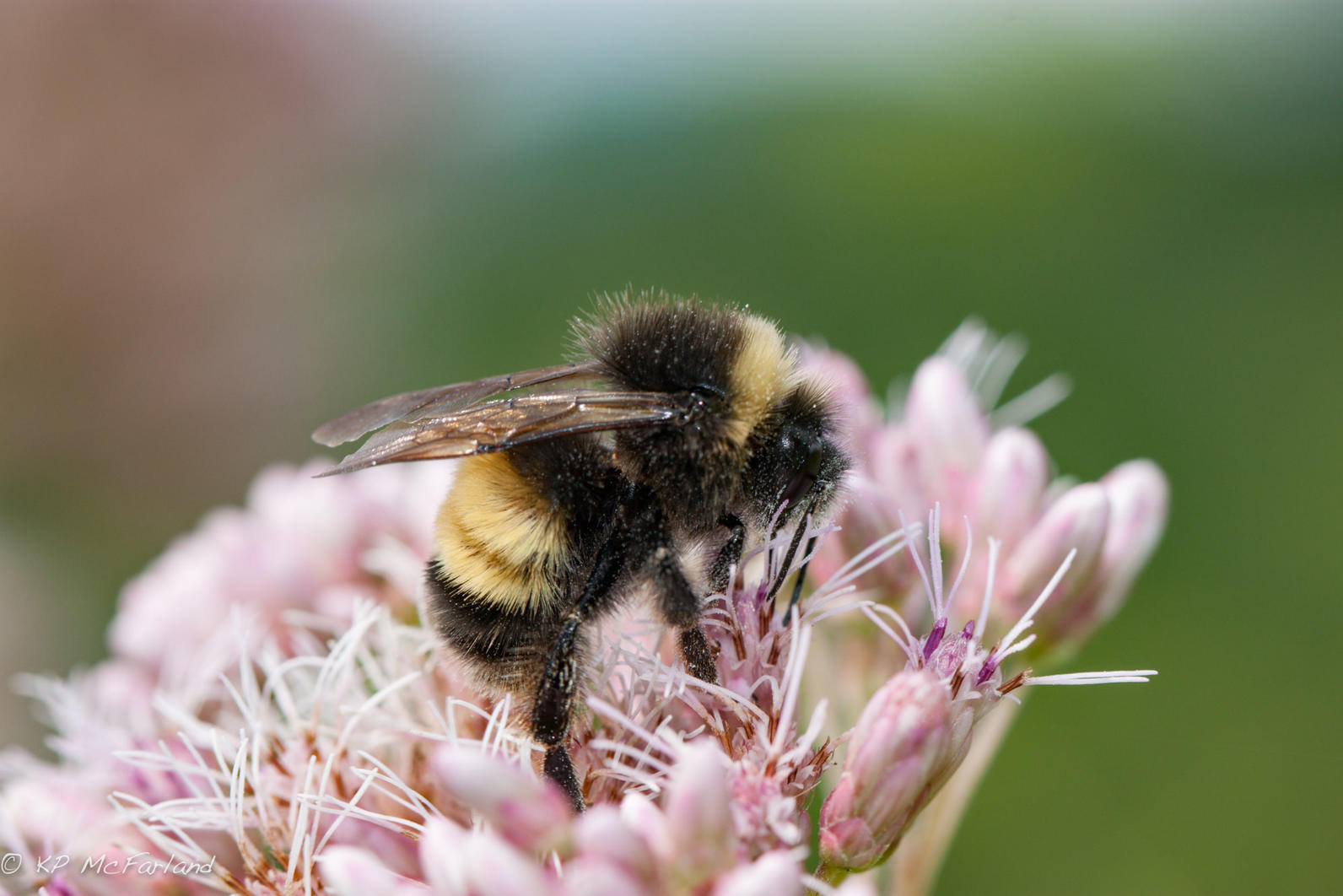
So why are bees so important?
Bees are pollinators! A pollinator is an animal or insect that moves pollen from a male flower to a female flower so that the plant can make more plants (reproduce). Can you think of any other pollinators?
How do they pollinate?
Bees eat pollen and nectar from flowers so they are constantly visiting different flowers for food. Many bees have little hairs that pollen sticks to or pollen 'baskets' on their hind legs - these adaptations are meant to help the bee eat, but they also benefit plant reproduction because as the bee visits different flowers they are transporting pollen between them. About 90% of flowering plants, including 75% of agricultural crops, depend upon animal pollination for success. Without bees we wouldn't have strawberries, tomatoes, cucumbers or lots of other delicious fruits and vegetables! What other products can you think of that we get from bees? Bees wax candles and of course, HONEY!
Overview of bee pollination
Have you ever wondered why flowers can be so many different vibrant colors?
One reason is that bees are attracted to certain colors. For example, bees cannot see red at all and see purple very well, which is why we tend to plant lots of purple flowers in pollinator gardens. Bees also see color differently than we do for two big reasons: 1). Bees have five eyes. Three are small, simple eyes called "ocelli" and two are large, compound eyes that have thousands of lenses.
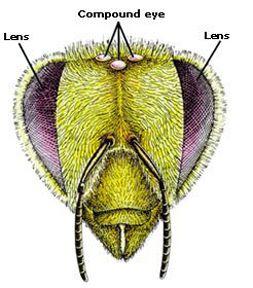
2). They see ultraviolet light, which is invisble to the human eye. Ultraviolet light allows bees to more readily find nectar and pollen because under ultraviolet light these glow and are called 'nectar guides'. The UV light can also reveal which flowers have already been pollinated and which have not thereby telling bees what flowers to avoid.
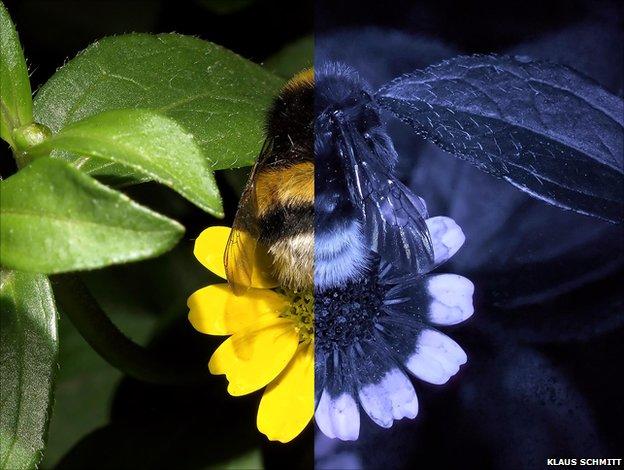
Activity time! We are going to transform into bees and gather pollen from flowers.
You will need:
- Q-tips
- Access to flowers
Instructions: You are a bee and you Q-tip is your fuzzy hair! Use your Q-tips to swab the anthers of different flowers. Anthers are oval-shaped structures in the center of a flower that produce pollen in male flowers. Try swabbing a bunch of different flowers! Do they all have pollen on them? How many of the flowers you swabbed have pollen on them? Why do you think some don't have any pollen?
***You may encounter a real bee while visiting flowers - do not touch any bees and always use a calm body around bees***
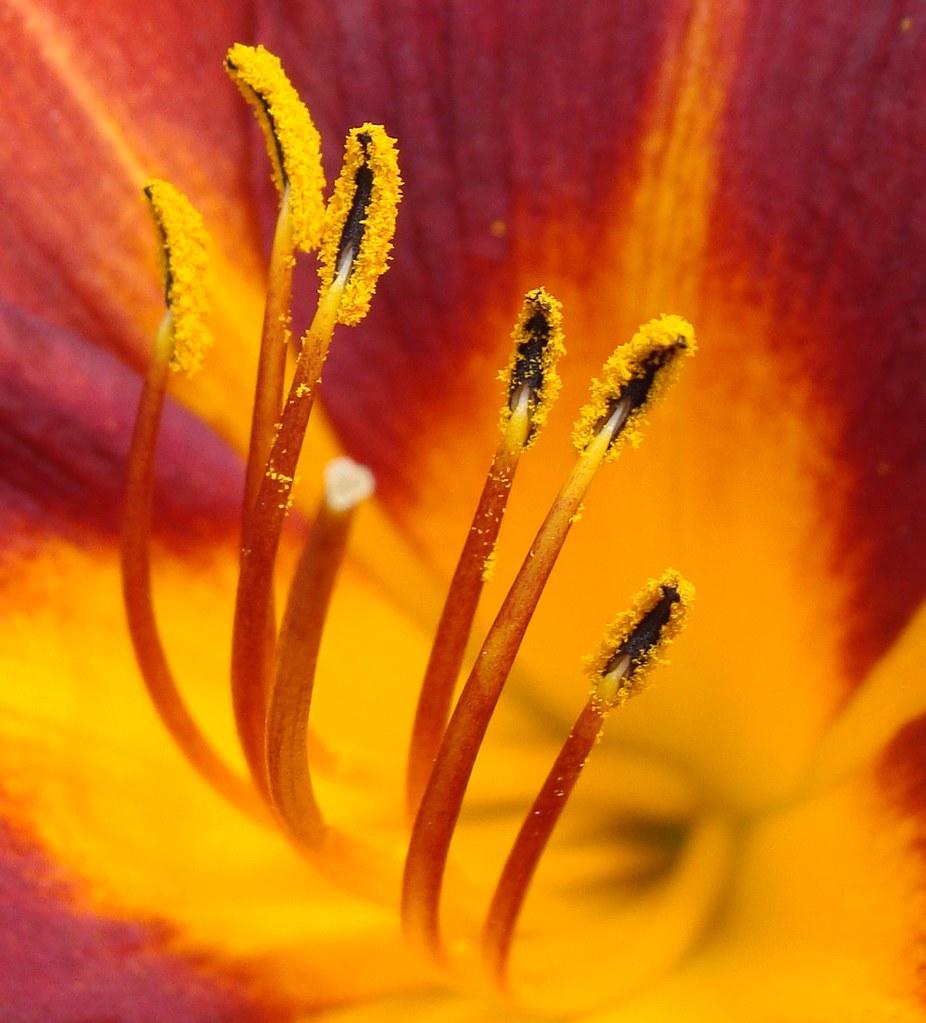
Honey Bee Dance
Next, we're going to do the bee dance! Honey bees communicate with each other by dancing. A “round dance” indicates a good flower source is close. A “figure 8 dance” points in the direction of a good flower source. Lead your student(s) in one of these dance. Start by having your student(s) fly around in their own directions quietly. Then start buzzing and flying in a circle to show that flowers are nearby. Buzz and fly in a straight line to lead your students to different patches of flowers.
Pollinator sit spot
Materials:
- Paper and pencil (if your child can write)
A sit spot is when we sit silently and use our senses to observe what is happening around us. Have your student find a nice spot outside near some flowers - weeds, tree blossoms, garden plants or ornamental flowers will all work just fine! If your student can write, have them record observations or draw what they see as they watch bees and other bugs visiting the flowers. If no one visits encourage them to speculate why that might be. If your child can not write, they can still participate! They can draw pictures or simply talk about the noises they hear and the bugs they notice.
How can we help pollinators?
Audubon has plenty of resources to help you choose native plants that help both birds and pollinators! If you are looking to attract pollinators to your garden visit our Plants for Birds Database. The database will tailor what plants are native to your area and where you can buy them based on your zip code. Plants for birds are also plants for pollinators. Think about it - what do many birds eat? Lots of bugs! So plants that are beneficial for them attract the bugs they eat, including pollinators like bees and butterflies!
Or check out our Seed Bomb lesson plan! It's a fun way to get your children involved in a messy, outdoor craft and plant the seeds of native plants!
Read more about native bees in our children's magazine, Audubon Adventures : The Buzz on Native Bees
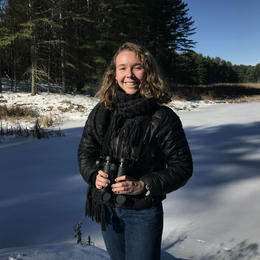
By Sarah Hooghuis
Take Action
Sign up for updates about Audubon Vermont's conservation work, get news about our activities and local events, and find out how you can take action to help birds.

